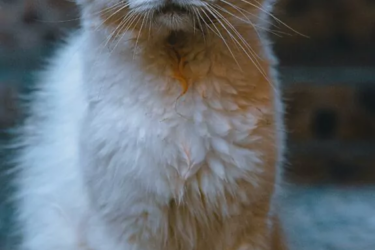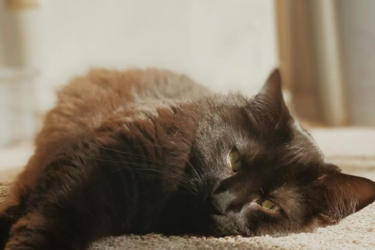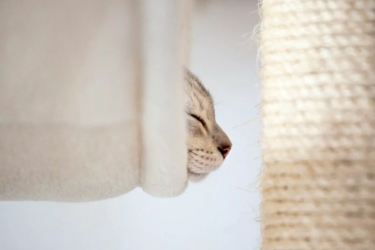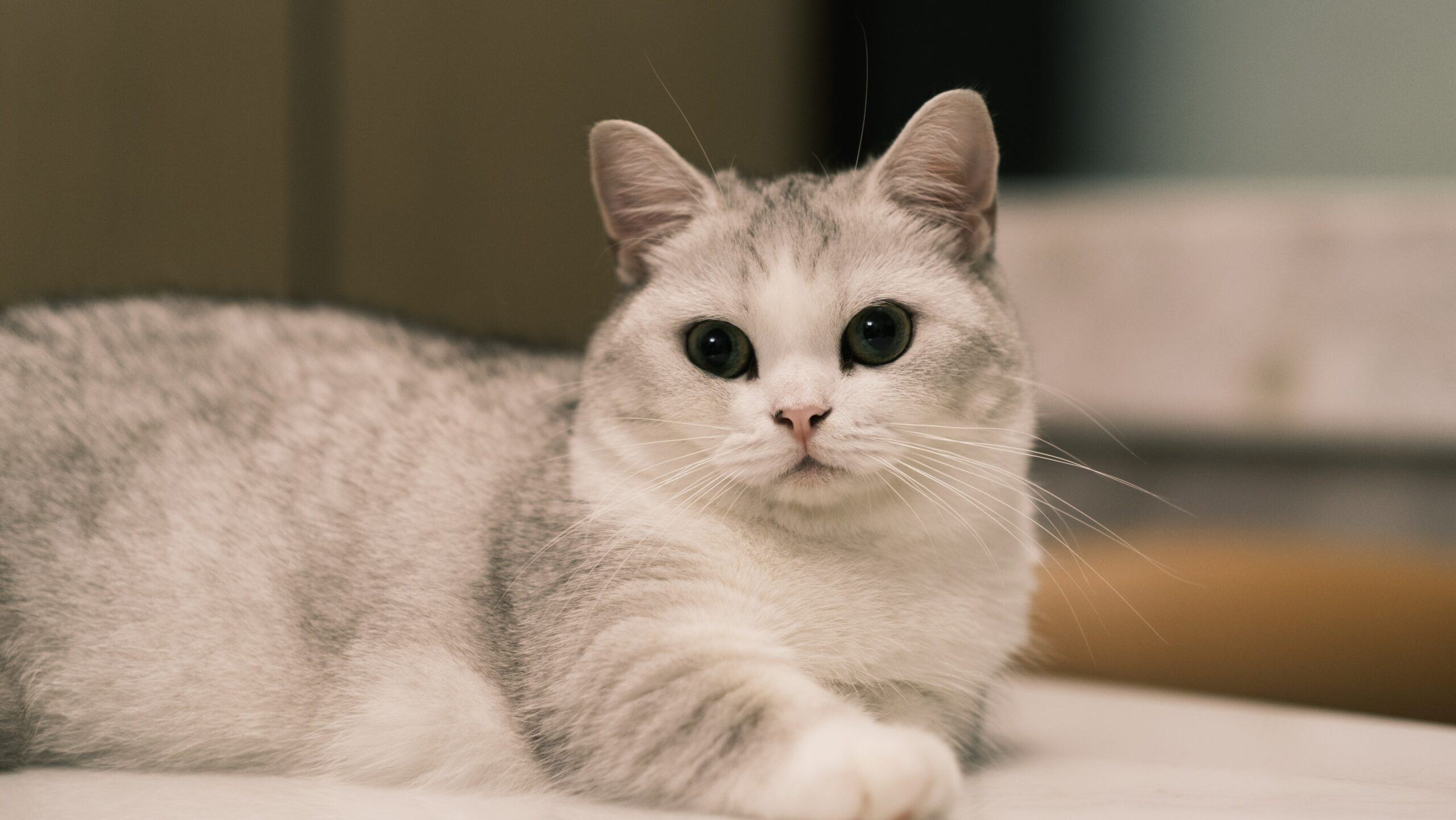
The Munchkin is not common. And is even banned in several countries. Fortunately, because it is a ‘torture breed’. These pedigree cats are bred for unhealthy looks that often cause the cats pain. When bred correctly, Munchkins are very athletic and energetic cats. However, many breeders do not pay attention to this. Want to know more? Then read on.
In this blog:
- The appearance and coat of a Munchkin
- Diseases and disorders of the Munchkin
- How old does the Munchkin get?
- The character of a Munchkin
- The care of a Munchkin
- Would you like to buy a Munchkin?
- More fun facts about the Munchkin
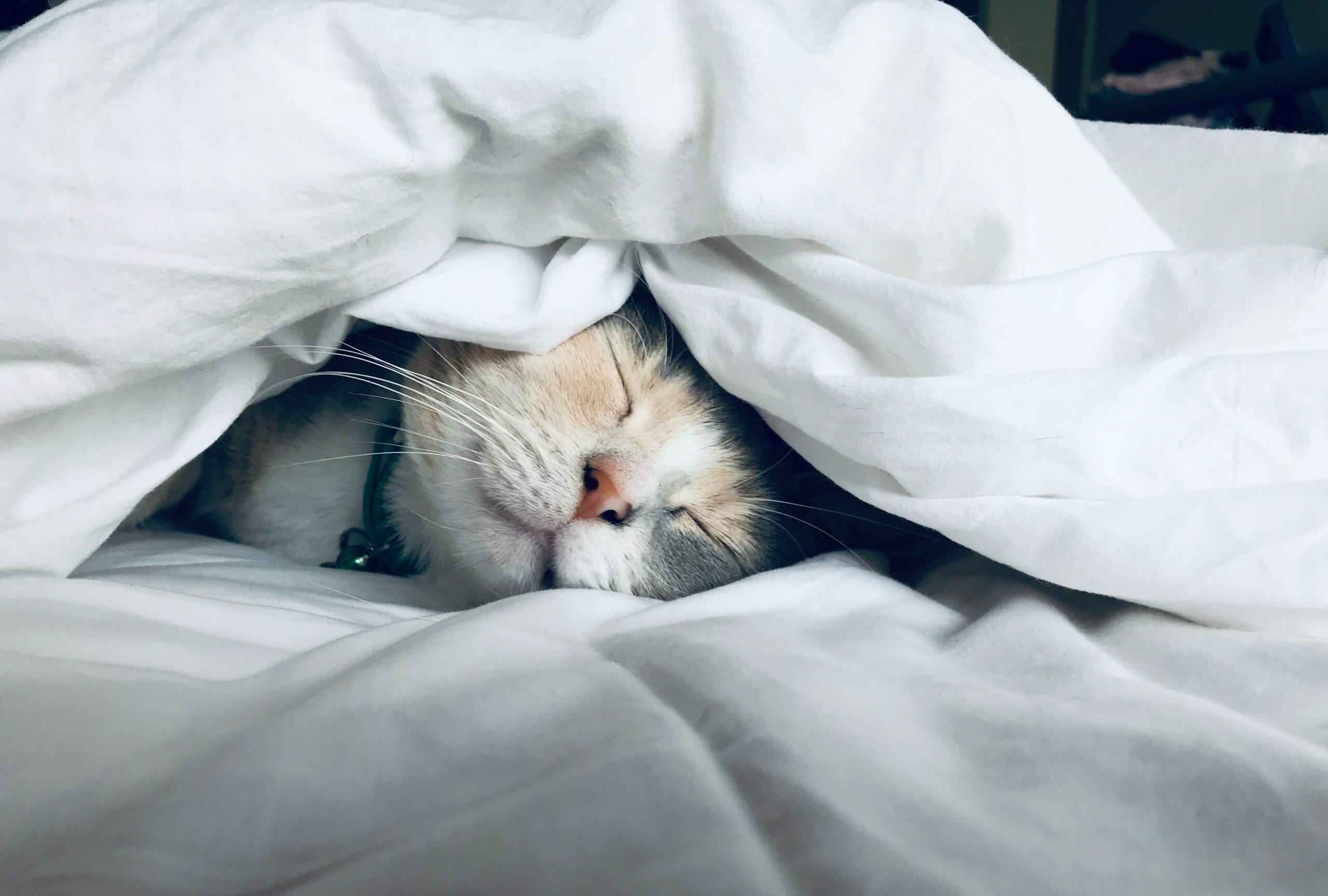
The appearance and coat of the Munchkin
Munchkin cats are actually most similar to ordinary domestic cats. Their fur comes in all sorts of colours and lengths. And the build and head of Munchkins are pretty much the same as those of domestic cats. The biggest difference between a Munchkin and a house cat is the paws. Those are very short. This is because this breed was bred for an actually very nasty condition – dwarfism.
A Munchkin suffers from (abnormal disproportionate) dwarfism
Dwarfism is a genetic disorder in cats. This condition disrupts cartilage development, causing all kinds of abnormalities. In Munchkins, this manifests itself in much too short legs and often osteoarthritis. The terrible thing about this is that breeders breed for this on purpose. So once a kitten was born with this defect after which breeders thought: ‘this little animal looks cute, I’m going to make litters with this’.
As a result, a breed of cat has now emerged with serious diseases. And which people buy because they look so cute and they are not told that the animals suffer every day. Because Munchkins can’t do a lot of things. They cannot run, they cannot jump and they cannot move as easily. In other words, they can’t do a lot of things that a healthy cats can and that make them happy. So would you like a happy and healthy cat? Then never choose a Munchkin!
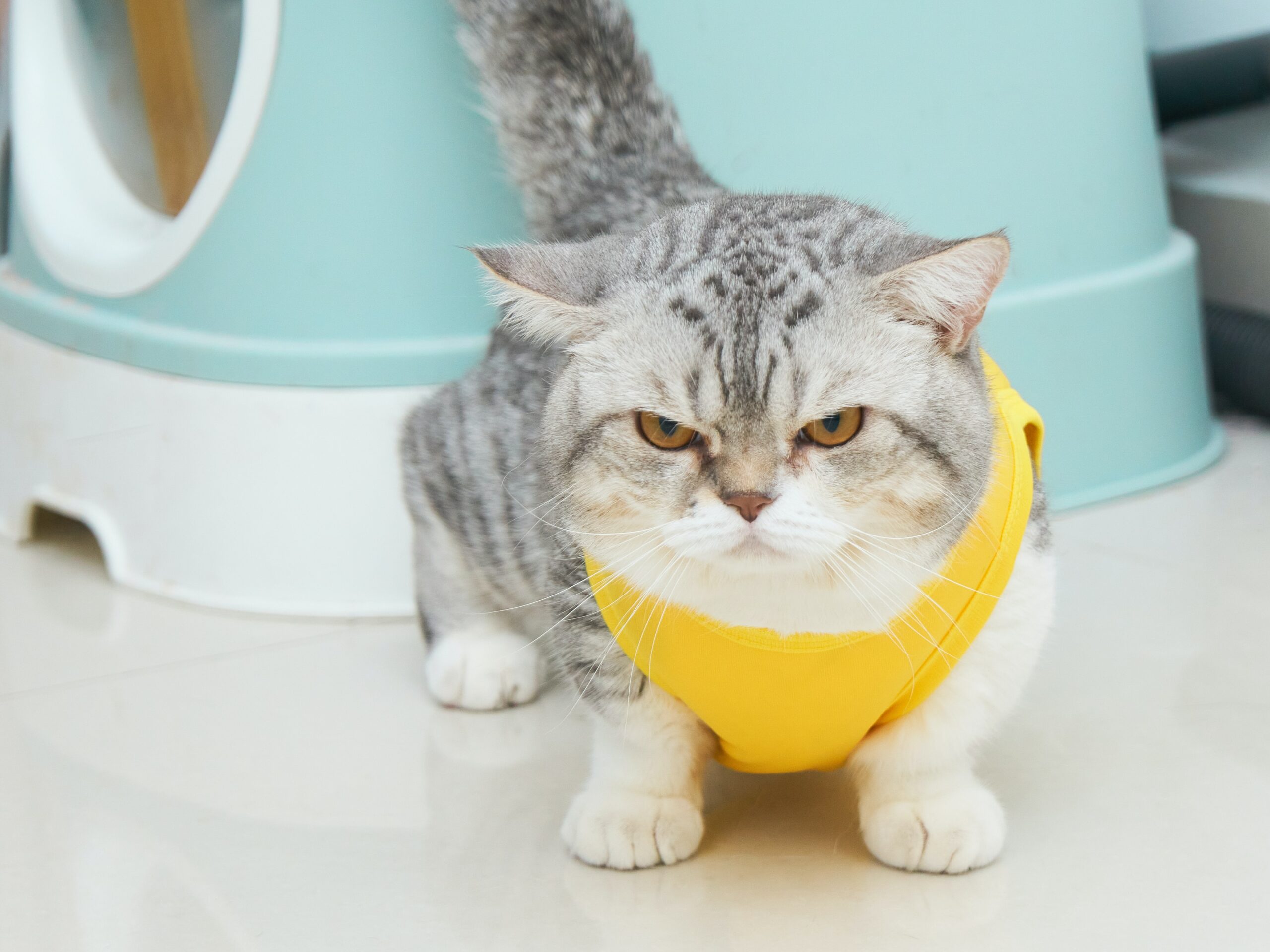
The 3 most common disorders in the Munchkin
As this breed is bred for abnormal and pathological traits, Munchkins therefore have some health problems. We list them most common ones here for you.
- Osteoarthritis (joints)
This is an inherited and chronic condition that dampens the cartilage at the end of the bones. This causes the joints of the cats’ hips, knees, elbows and ankles to wear down and cause pain. Munchkins in particular are prone to this, partly due to their extremely short legs.
List the consequences:
- Not being able to jump
- Not being active and playing
- Lameness
- Changes in the way he walks
2. Deformed vertebrae and spine
Munchkins have a high risk of spinal abnormalities. They can have deformities in their spine and in the vertebrae themselves. This is due to the genetic mutation used to breed on each time. Generally, this manifests itself in an excessively curved spine which gives the cats a swayback appearance. And this causes mobility problems and pain in all cases.
List the consequences:
- Problems with movement
- Pain or at least severe discomfort
- Sagging back
3. Deformation of sternum and cartilage joints
This condition is called Pectus Excavatum and is a serious deformity of the breastbone. It causes narrowing of the chest. Sometimes it occurs a few weeks after a Munchkin kitten is born, but it can also be present right at birth. If a cat has this condition, surgery is often the only option.
List the consequences:
- Difficulty breathing
- Less appetite
- Frequent lung infections
- Vomiting and emaciation
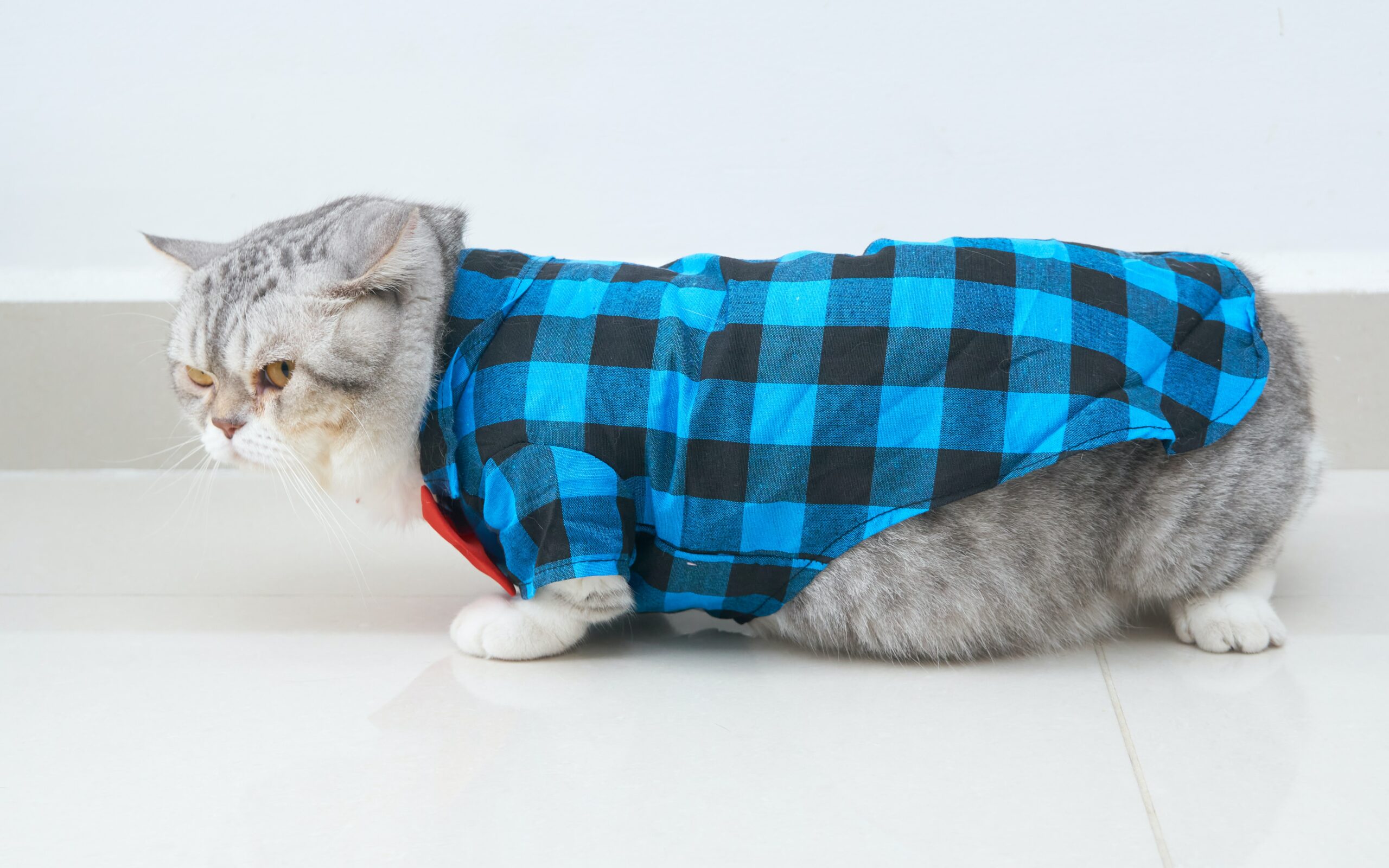
How old does a Munchkin get?
Despite numerous conditions and abnormal growth, Munchkin cats can reach a reasonable age. On average, these cats live to be about 12 to 15 years old. But of course, this depends on a number of factors, such as proper care, nutrition and exercise. As well as sufficient love and attention, of course.
The character of the Munchkin
You might – after reading the foregoing – think: Is there nothing nice to say about a Munchkin? Fortunately, there is! Because Munchkins are incredibly cute and sweet cats. In terms of character, they are very similar to domestic cats. They are generally fine with being lifted and love to cuddle. The cats are also very social and love to play with ‘their humans’. But remember: each cat is unique and has its own character.
The care of the Munchkin
Munchkins are easy to care for and they do not require much. Because the cat does not move, run and jump easily, it is wise to treat this cat breed as an indoor cat. So always provide a (easily accessible) low scratching post in the house, as a Munchkin will really enjoy that. And a weekly combing and brushing is also much appreciated. An easy cat, then, that you take very good care of with, among other things:
- A safe place in the house
- Cuddles, love and attention
- Several bowls of fresh water and food appropriate to the breed
- Always clean litter boxes with good litter
- A nice basket to sleep in and challenging toys
- Several scratching posts in the house
- Protection against parasites, such as fleas
- Vaccinations and occasional visits to the vet
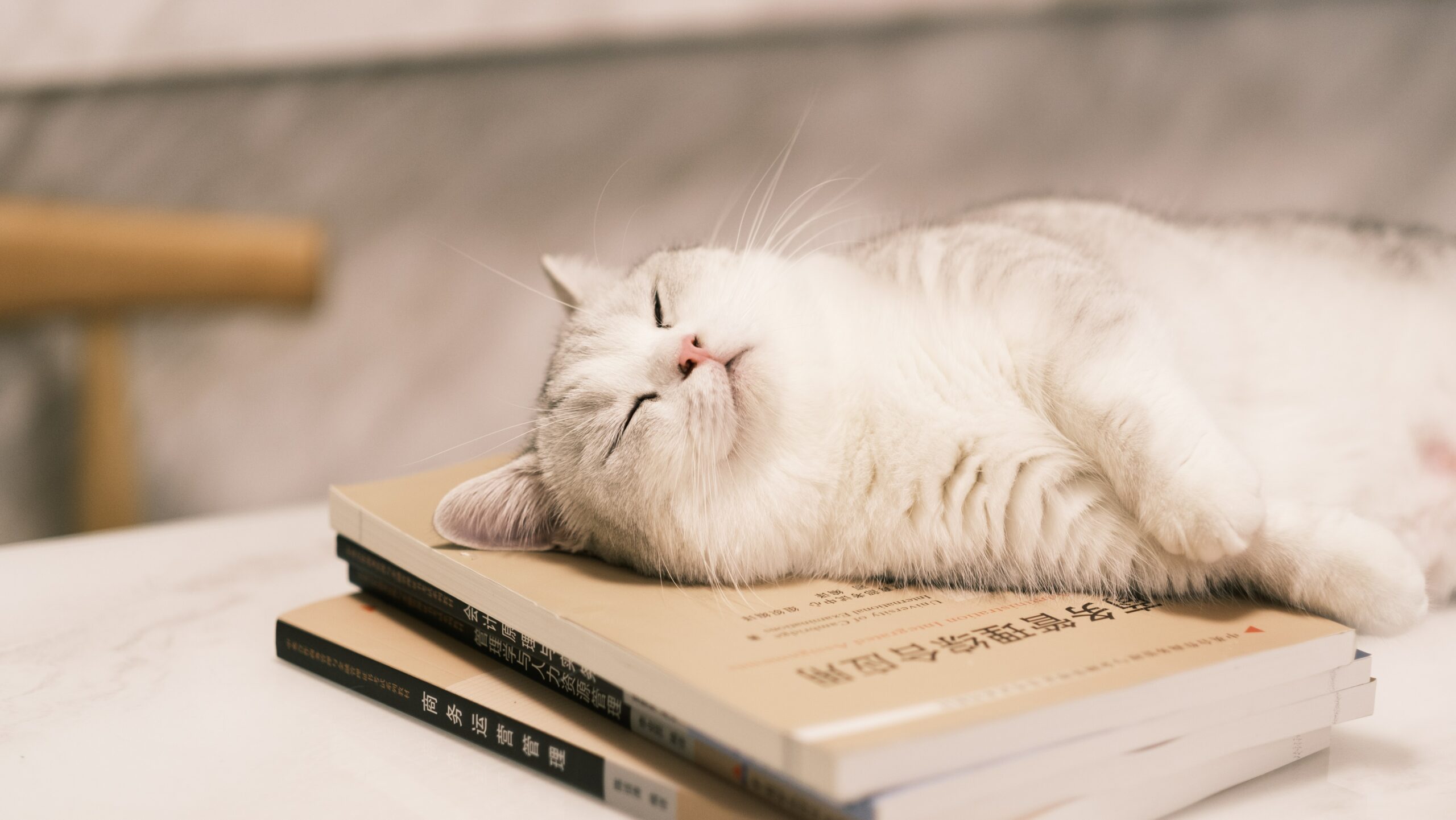
Buying a Munchkin kitten
In the Netherlands, it is illegal to breed and keep Munchkins. A Munchkin is therefore not considered an officially recognised cat breed by Dutch authorities. Logical, of course, as this cat breed suffers every day because of all the disorders. And you don’t want to contribute to that. Do you know anyone who nevertheless breeds or offers Munchkin cats? Then report it to the Animal Protection Society. See the cats living in poor conditions or think someone is a bread breeder? Then call 144 – that’s the phone number of the National Inspection Service for Animal Protection. They will then help you and the cats.
Disappointed? Don’t be, because there are lots of beautiful and healthy cat breeds out there. Or look in the shelter or at an animal sanctuary. Because there are often lots of lovely cats waiting for a new loving owner.
Read about the social and sociable breed Oriental Shorthair
Disclaimer: Petrebels is not a vet or behaviourist: all content, information and tips on this blog are meant to inspire you and are informative in nature. Does your cat have complaints or problems and are you in doubt about your cat’s health? If so, always visit your vet or a behaviourist.
